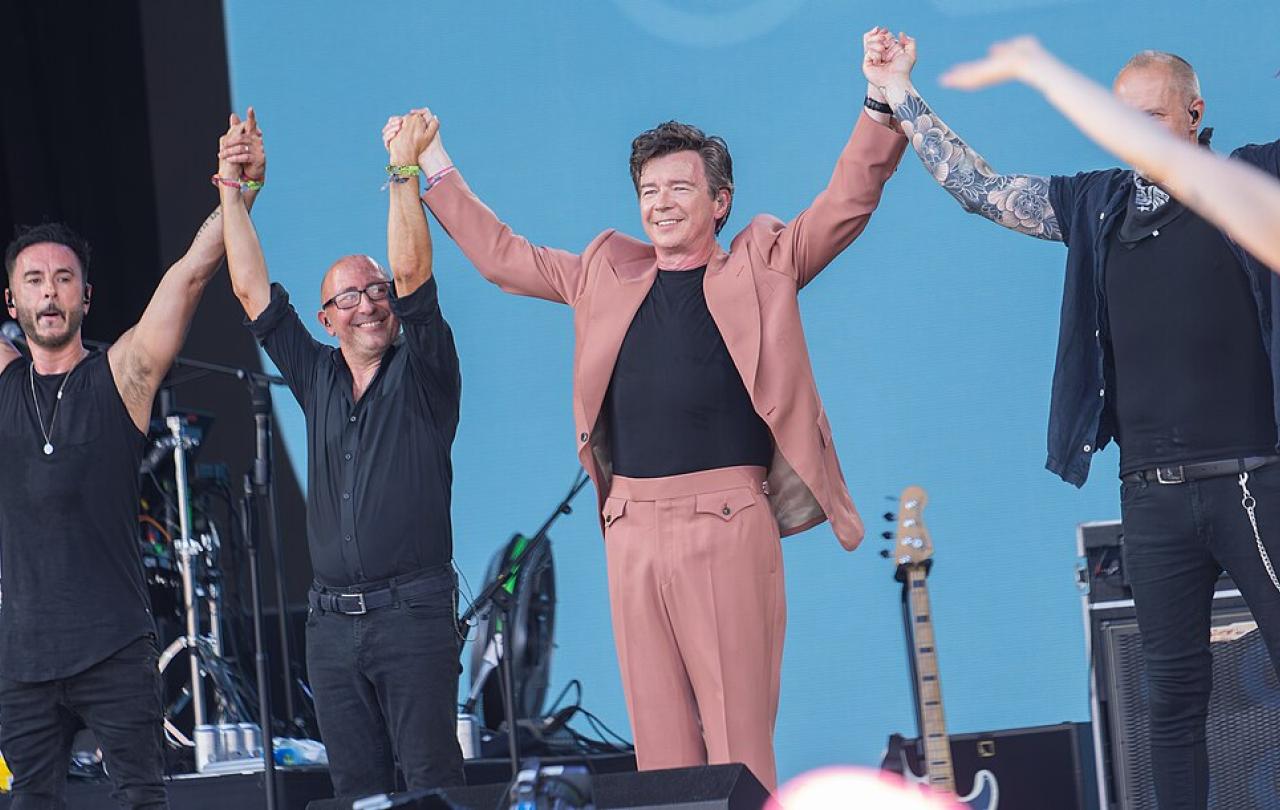I received an unexpected response from an Iranian friend of mine this week after asking how he and others were feeling in the wake of the ongoing crisis.
My friend - like many, a staunch advocate of regime change in Iran - told me that despite his long-standing enmity against the Islamic Republic and its leaders, the conflict had if anything brought Iranians together against a new, common enemy.
For while he and many others would love to live in an Iran that offered them greater freedoms, they are also fiercely proud of their country and, as he put it, will seek to defend it at all costs.
Both this friend and other Iranians that I have spoken to since the bombs began to fall last Friday have highlighted how Iran’s “territorial integrity” has been breached by Israel, in violation of international law.
And so while some might perceive an attack on a tyrannical regime and its nuclear arsenal to be an exception to this rule, it should hardly surprise us that those within the country affected may take a different view.
Both the Israeli prime minister, Benjamin Netanyahu, and the exiled crown prince of Iran, Reza Pahlavi - whom many perceive to be the most realistic leader of any new revolution - have used their platforms to call on Iranians to seize this moment to rise up and reclaim their land.
Yet, with bombs falling all around them and a weakened regime still known to be capable of brutally responding to any attempts to revolt, such dreams are easier to utter than to act upon.
Meanwhile, as Tehranis are encouraged to flee their city and some have already seen homes, loved ones or livelihoods destroyed, it may well be that Iranians have other things on their minds at present than attempting to overthrow their oppressors.
One very present concern for many Iranians at the moment will be the fate of loved ones who remain in prisons as the aerial bombardment continues.
Tehran’s Evin Prison, for example, is on the edge of District 3, which residents were told they must evacuate on Monday ahead of another onslaught.
But as the Australian-British former political prisoner Kylie Moore-Gilbert noted in an interview with Sky News, the prisoners in Evin had no option to flee and instead found themselves locked inside tiny cells, hearing the sound of bombs and rumours of what was taking place but without any real clarity.
“Nobody's going to have a clue what's going on, and it's utterly terrifying to think that you're locked in a place, you can't flee, you hide, you can't take action to protect yourself, and you don't have access to information,” she said.
There is not even any guarantee, Moore-Gilbert noted, that these prisoners will be being taken care of by the prison guards, who will no doubt have other things on their mind.
“There are literally thousands, dozens of thousands, if not hundreds of thousands, of innocent people in prison in Iran, most of them Iranian civilians,” she said. “The prison population inside that country is enormous. The conditions are dire in the best of days. Do they even have electricity? Do they have running water? What on earth is going on? My heart goes out to them.”
Among the many prisoners in Evin are a handful of Christians, detained or serving sentences on charges related to their religious activities but framed as “actions against national security”.
Like many Iranians, Christians, as a long-oppressed minority, have every right to hope for a change in the country and a future Iran that would better embody the prophetic words from the Book of Isaiah, believed to have found their fulfilment in Jesus, of “freedom for the captives” and “good news for the poor”.
And yet Iranian Christians must also wrestle with the biblical command to “submit to the governing authorities” and to “give to Caesar what is Caesar’s, and to God what is God’s”.
It is, then, perhaps no surprise that in recent years, as hopes of regime change have regularly come and gone, that Iran’s Christians have tended to focus their prayers instead on the increase of “God’s kingdom”, as many more Iranians have continued to find new hope in the Christian faith.
Such hopes, in theological terms, are built on firmer foundations than any dreams for a change in the nature and essence of tyrannical regimes like the one currently still clinging onto power in Tehran.
And whatever the future brings, when this current crisis is over, the Iranians who have found their ultimate source of hope and joy in Jesus Christ will know that they still have something to hold onto, whatever they may have lost: the promise of God’s presence with them today and a bright future for tomorrow.
It may be that another revolution is what many Iranians crave, but there is also something revolutionary, I believe, about the prayer that Jesus taught, which leaves the ultimate course of our lives in the hands of God.
“Your will be done,” Christians have prayed throughout the centuries; and Iranian Christians will continue to pray this whatever the future holds for them.
It is perhaps little wonder, then, that it is the Gospel message that Iranian Christians have continued to preach, in spite of persecution, and regardless of whichever direction the whims of popular support have turned.
One of the passages that an Iranian colleague of mine most frequently recites in our team meetings is the call for us to “act justly, to love mercy, and to walk humbly with our God”, and I was reminded of this as I noted the response of British-Iranian bishop Guli Francis-Dehqani to the current crisis.
The bishop, the bookies’ favourite to be the next Archbishop, prayed simply for the Lord to “have mercy”.
As a lover of The Lord of the Rings, I am also reminded of the line from Gandalf, when Frodo is claiming that Bilbo should have finished off Gollum when he had the chance:
“Do not be too quick to deal out death and judgment. For even the very wise cannot see all ends.”






